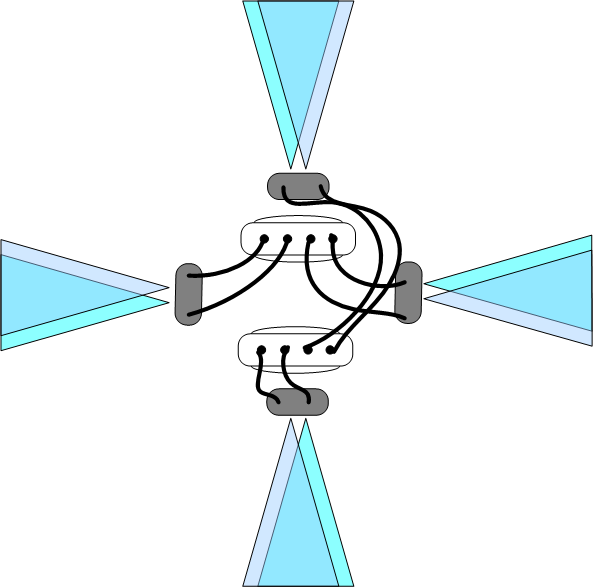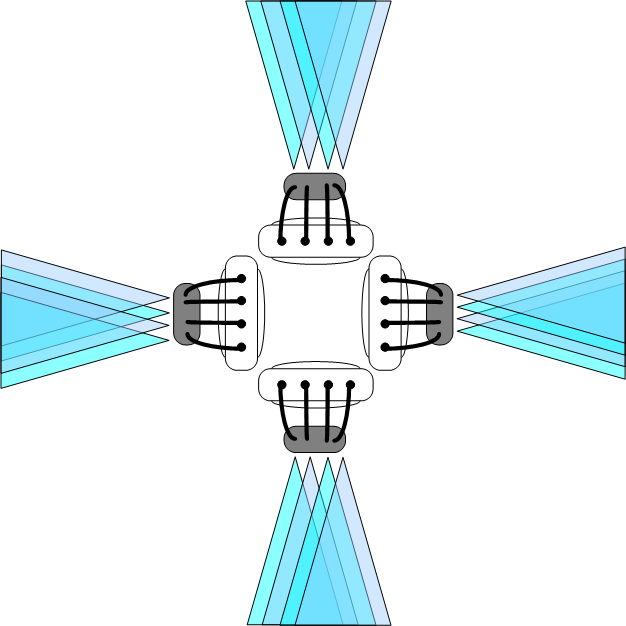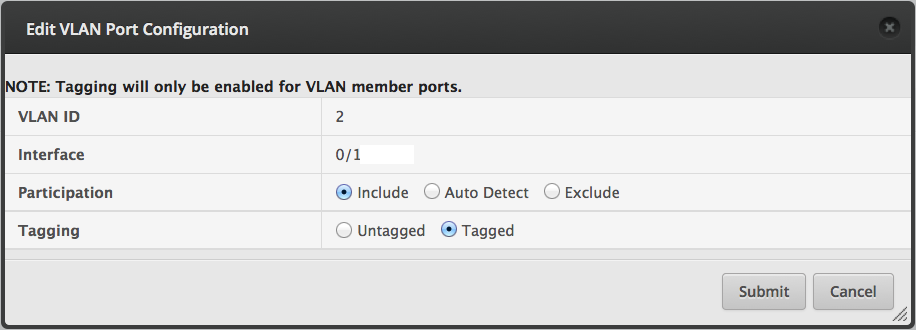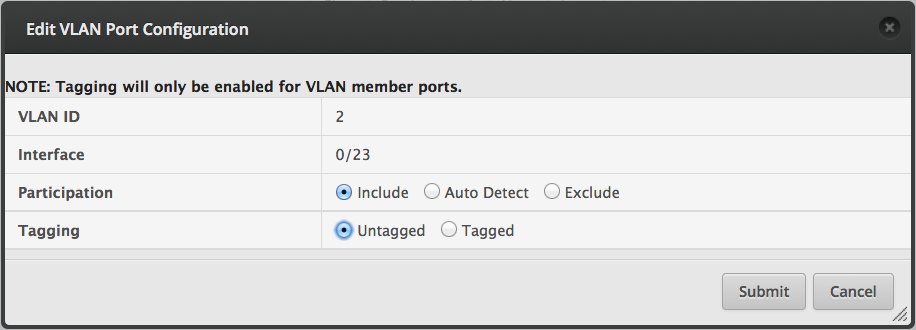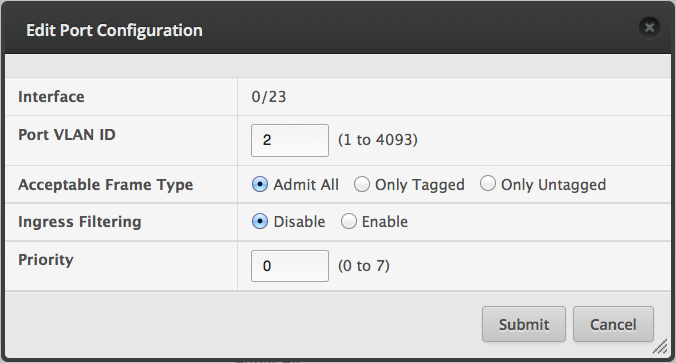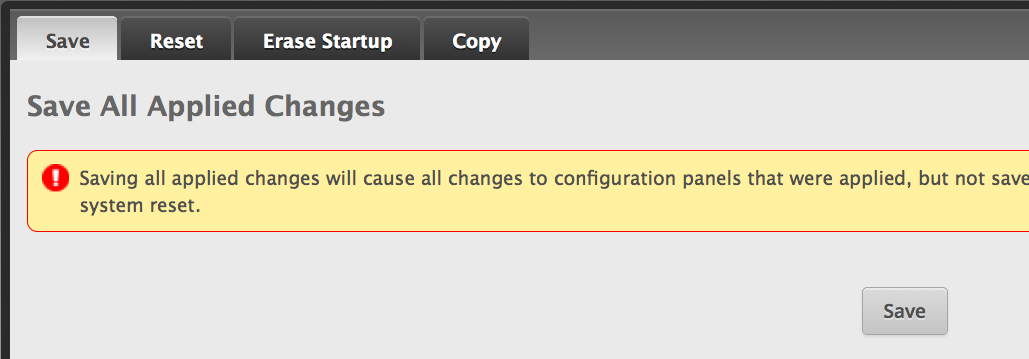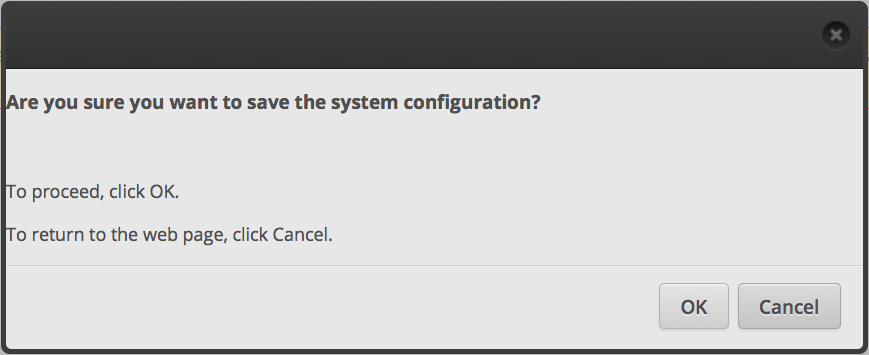This is a letter from Patrick Leary at Telrad, I thought worth sharing.
We all know LTE has first been created for the needs of giant mobile operators first. That means the LTE enhanced packet core (called the EPC in LTE-speak) includes a host of features fixed operators may NEVER need, like translating diverse 3G backends into a standardized LTE core. Who wants to pay for that? Not me and certainly not you. As well, being mobile centric first, LTE out of the box EXCLUDES certain things fixed operators like and use, such as Layer 2 services.
Being the first and so far ONLY company out there in the LTE space mainly focused on the fixed space, Telrad is the tip of the spear trying to innovate and idealize the solution for WISPs and other local and regional fixed-focused operators. It has been a struggle. EPC are things that can run deep into 6 figures and we had to find a way for the economics to make sense for your models.
Complicating this, because we use an SDR platform, Telrad is able to do something no other vendor on the planet has done: offer the EPC as a hardware-less, software feature EMBEDDED into each base station as an option. That’s super cool, meaning smaller operators won’t need to shell out for a full centralized EPC. But, that also means we’ve made our lives more difficult because options are another SKU to manage.
We now think we’ve got it as refined as possible and here’s the key to what we’ve done:
Dividing up the EPC functionality to allow for operators to purchase ONLY the features you need, and allowing that granularity to be applied to EITHER the embedded or the centralized EPC models.
So what’s been made granular (and priced much smaller per function)? These are things that in the traditional LTE world are often found as individual appliances. Our centralized core can include them all in one appliance for 1/10th or less of what traditional EPCs can cost. Now we’ve even made it MUCH more affordable than even that, by taking the subsets of EPC functionality and providing them as distinct SOFT modules that can be purchased ala carte into either the embedded or centralized Telrad EPCs. Here are examples:
– Don’t want AAA or need Radius? Fine. We now have a feature called iHSS, which allows MAC level authentication.
– Want to use your Radius, but NOT use our implementation? Don’t get iHSS. Instead get the IWK module, which enables internetworking with an external Radius AAA server.
– Planning ONLY to do best effort or apply a single policy across all subscribers? Fine, no need to have the PCRF functionality of an EPC.
– Want to implement distinct and varied service flows and other QoS services? We’ll offer iPCRF as a module.
These are examples. If you used all the functionality, it would still not cost you any more than how things were first initially priced, even if purchased in pieces, so there is no nickel and diming. The difference is, if you need LESS, you’ll be investing less.
Those of you with firm LTE quotes on the table? We’ll need to revisit them, as the numbers will drop. Those with only estimates at this point? That’s worst case and we’ll get you revisions as you get nearer to pulling the trigger.
One last thing….and it is another big one. With LTE comes the entirely new NMS. Better, lighter, simpler, less cost. I’ll be doing another mail on that as soon as I can.










